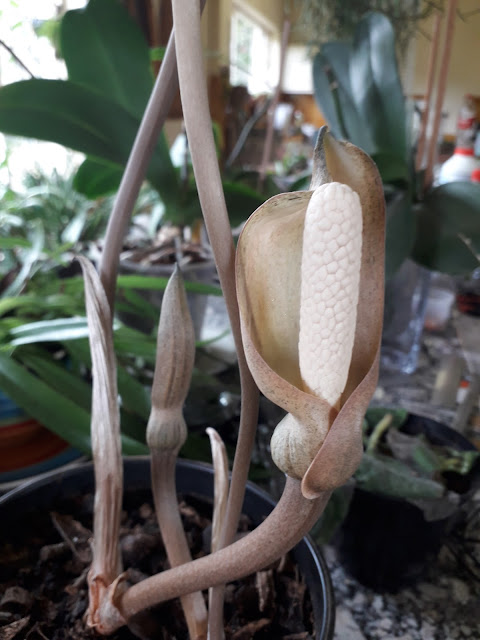Here are some the most colourful of the birds to be found in the eMalangeni Forest and forest margins that we will endeavor to show you when you book to be taken on an eco-excursion through the Forest and explore the surrounds.
I had no option other that to place this photo of a Black-collared Barbet Lybius torquatus first because it is the bird that I have on my Ecoman company logo.
The Little Bee-eater Merops pusillus can be found most days at eMalangeni on the forest margins hawking insects in particular dragon flies often near to the nesting site.
The Gorgeous Bush-shrike Telophorus quadricolor is another of the forest birds that are more often heard than seen but if one has some patience these birds will appear as if by magic out of the undergrowth.
The Burchell's Coucal Centropus burchellii may not be as colourful as some of the other forest birds at eMalangeni but it is a character in its own right that can be heard calling the rain in the early spring.
It would not be summer without the distinctive call of the Diderick Cuckoo Chrysococcyx caprius that lays her eggs in the nest of in particular the Spectacled and Dark Backed Weavers in the emalangeni Forest.
The Red-chested Cuckoo Cuculus solitarius is another well known South African bird that is heard far more than it is seen.
The African Finfoot Podica senegalensis is a shy and seldom seen water bird that can be seen in the eMalangeni Swamp Forest.
Crested Guineafowl Guttera edouardi lives in the forest but tends to nest on the forest margins in very well hidden nests.
The White-crested Helmet-shrike Prionops plumatus conspicuously moved that the forest in noisy family parties.
The Crowned Hornbill Tockus alboterminatus can not be overlooked when they are around because they move around in large noisy groups. they are one of the main agents of dispersion of the seed of the Kosi Bay cycad Encephalartos ferox very often dropping them under the Water berry trees Syzygium cordatum where they roost after eating them.
The African Jacana Actophilornis africanus can be found where ever there is floating vegetation in the river streams that flow through the eMalangeni swamp forest and on the edges of Lake Amanzimnyama
The Half-collared Kingfisher Alcedo semitorquata can be found along the Amanzimnyama river and the streams that flow through the eMalangeni swamp or peat forest is it is scientifically referred to.
The Fiery-necked Nightjar Caprimulgus pectoralis can be found sleeping in the leaf litter on the eMalangeni forest floor for those who have good eyesight and an measure of luck.
The Black-headed Oriole Oriolus larvatus that announces its presence with a load and distinctive call while sitting high up in the forest trees at eMalangeni.
The fruit eating African Green-pigeon Treron calvus will be found in groups where ever wild fig trees are fruiting in the forest.
The Olive Sunbird Cyanomitra olivacea is often found in the deep shade of the forest hawking insects or drinking nectar from the forest Strelitzia, Strelitzia nicholai.
African Purple Swamphen Porphyrio madagascariensis a beautiful but very aggressive bird that skulks in rank reeds and waterside vegetation.
The Red-fronted Tinkerbird Pogoniulus pusillus is a fruit and insect member of the barbet tribe found living in the eMalangeni swamp forest.
The Purple-crested Turaco Gallirex porphyreolophus has become a common and tame garden bird in urban gardens along the KwaZulu-Natal coast.
No collection of bird photographs of birds of the eMalangeni swamp forest would be complete without the icon bird of the forest the Palm-nut Vulture Gypohierax angiogenesis also known as the vulturine fish eagle being presented. this large bird of prey is most unusual as it has a particular relationship to the Kosi Bay Palm Raphia australis the oil rich fruits of which represent a large portion of its diet
I thank a very long time friend Mark Tittley the senior youth pastor of Encounter Youth the youth ministry of Every Nation Rosebank in Johannesburg, South Africa for all of the excellent photographs he has allowed me to use for this posting without them it would not have been possible at this moment in time.
Guided excursions
Please join us on one of our many guided excursions conducted in Zulu, English or German into the eMalangeni Forest, Kosi Bay area, Tembe Elephant Park the home of the world largest elephants and other surrounding natural areas.
Please visit one of my websites for my contact details.
Michael Hickman
18.04.21
Please visit my websites at
as well as my other blogs at
http://luthulienvironment.blogspot.com/
http://ecomandurban.blogspot.com/








































